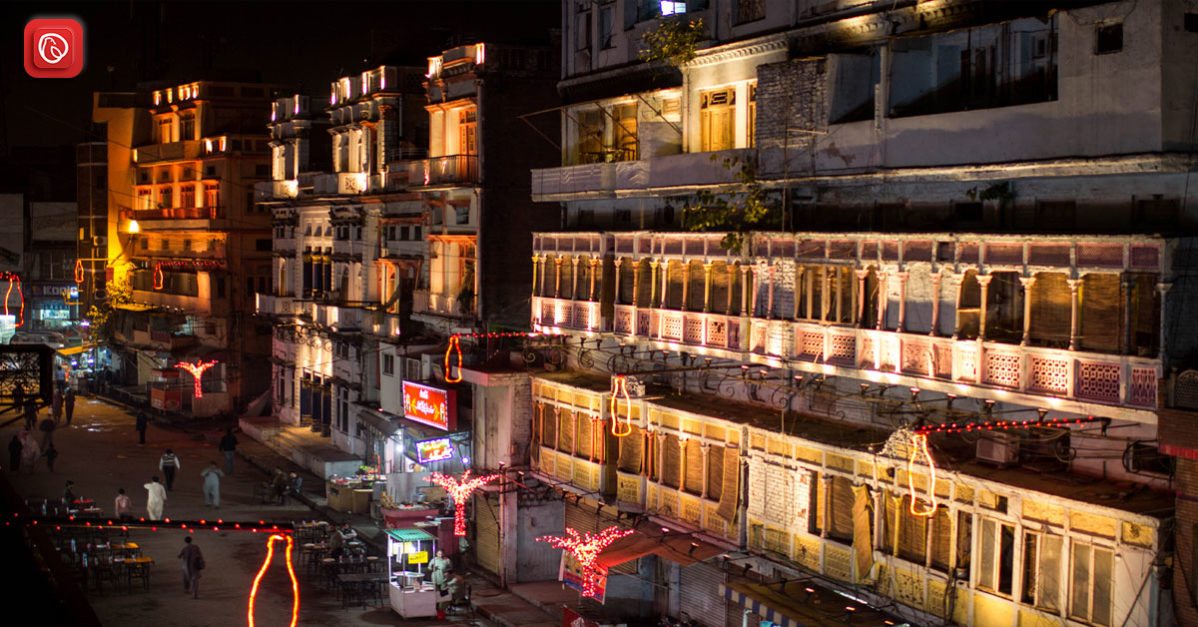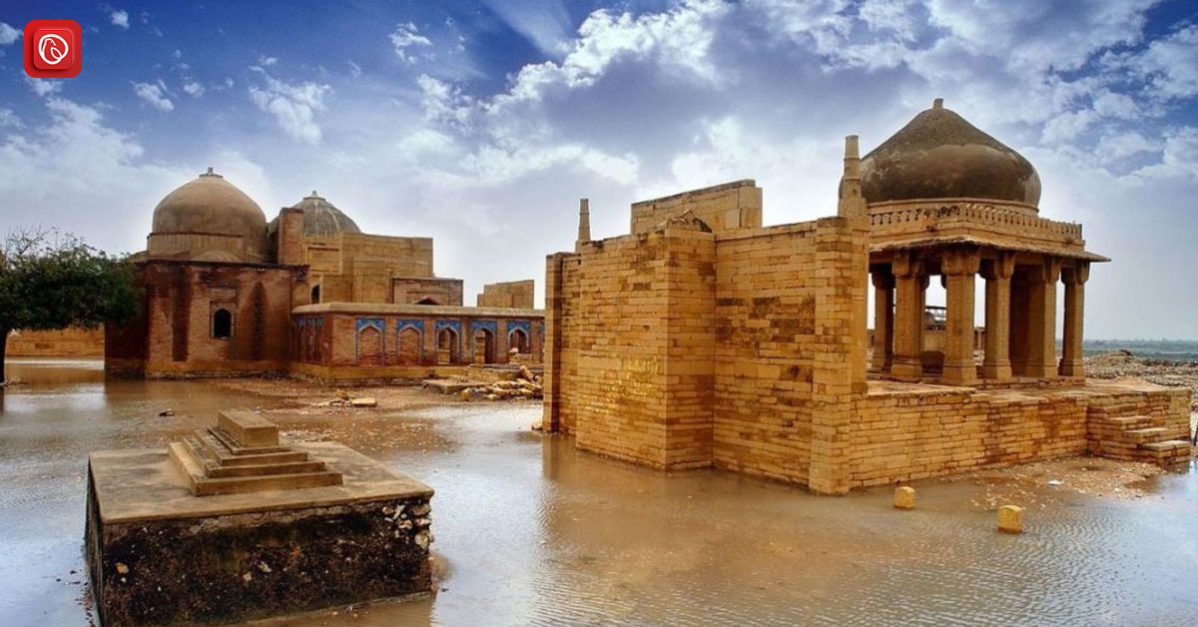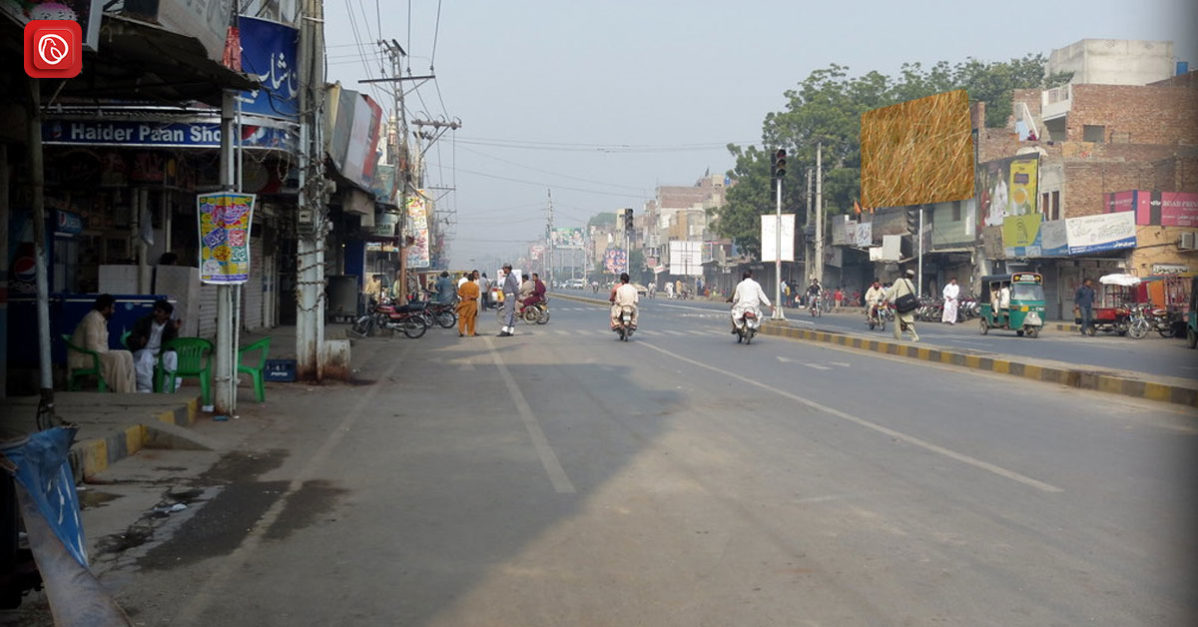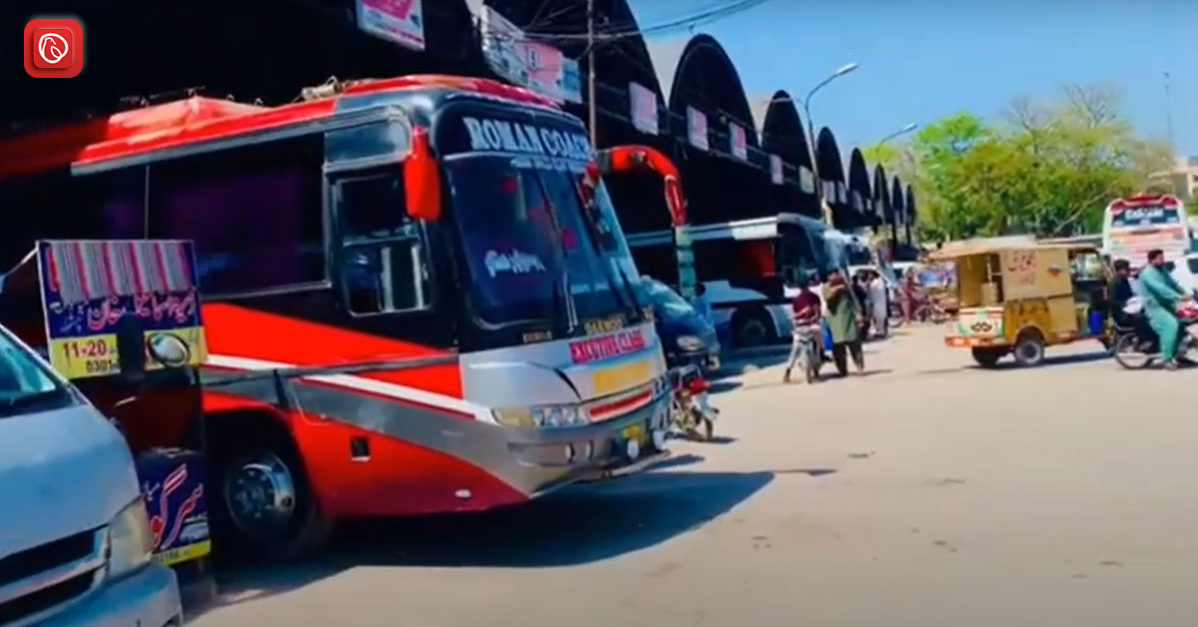Gawalmandi, located in the center of Lahore, Pakistan, is more than just a neighbourhood—it’s a testament to the city’s rich history, cultural diversity, and culinary excellence. With its narrow streets, vibrant bazaars, and centuries-old architecture, Gawalmandi offers a unique glimpse into the soul of Lahore. It is renowned for its culinary heritage, bustling street life, and historical significance, drawing locals and tourists alike to explore its charm.
This blog by Graana.com will take you on a journey through Gawalmandi’s history, its contribution to Lahore’s cultural fabric, and what makes this area a must-visit for food lovers.
History of Gawalmandi
Gawalmandi is not just a neighbourhood that developed overnight; it carries with it a history intertwined with the pre-partition era and the creation of Pakistan. Its name, “Gawalmandi,” stems from its origins as a market where milkmen, known as “Gawalas,” once thrived, selling fresh dairy products to residents. The area grew around this trade and eventually evolved into a densely populated residential and commercial zone.
Before the Partition of India in 1947, the area was a melting pot of cultures, with Hindus, Sikhs, and Muslims living side by side. After Partition, the influx of Muslim refugees from India significantly reshaped the demographic landscape of Gawalmandi. The refugees brought with them their culinary traditions, which contributed to the area’s current status as Lahore’s food hub.
Today, Gawalmandi is known for its heritage as a place where people of different communities lived and thrived. Its narrow streets still echo the historical events that have shaped the area into what it is today.
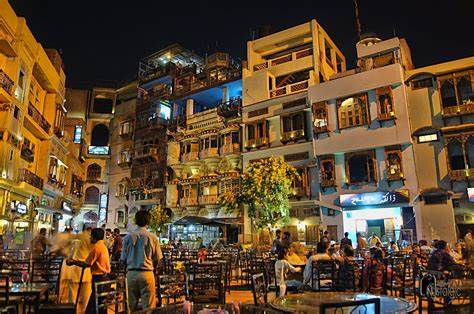
The Culinary Capital of Lahore
One of the primary reasons why Gawalmandi is so well-known today is its food. Gawalmandi Food Street is a culinary treasure trove that offers a wide variety of traditional Pakistani dishes, which have attracted food enthusiasts from across the country and the world. It is one of the oldest and popular food streets in the area.
Gawalmandi Food Street
Gawalmandi Food Street is the beating heart of Lahore’s food culture. Established in the early 2000s, it quickly gained fame for offering some of the best traditional Lahori dishes. When the sun sets, the area comes alive with lights, the sizzling sounds of grills, and the inviting aroma of spices filling the air. It’s a place where families, friends, and even tourists gather to indulge in delicious street food while absorbing the lively atmosphere of the area.
Some of the most iconic dishes you can enjoy at Gawalmandi Food Street include:
- Nihari: A slow-cooked beef stew, rich in spices and flavours, traditionally served for breakfast.
- Paye: Goat trotters cooked in a thick gravy, a delicacy many enjoy.
- Haleem: A mix of wheat, barley, meat, and lentils, slow-cooked to perfection.
- Seekh Kebabs: Minced meat marinated in spices, skewered, and grilled over open flames.
- Gol Gappay: Crispy, hollow puris filled with spicy and tangy tamarind water—an all-time favourite street snack.
The food street offers a blend of traditional dishes with a modern twist, reflecting Lahore’s dynamic and evolving culinary scene. It’s not just about the food—it’s about the experience. Eating at Gawalmandi is a sensory delight, where the food, sounds, and sights create a one-of-a-kind experience.
The Culture of Gawalmandi
Aside from its famous food street, Gawalmandi is a vibrant cultural hub. The area is home to various artisans and craftsmen, particularly in metalwork, woodcraft, and textile production. The tight-knit community spirit, bustling marketplaces, and lively interactions between shopkeepers and customers create a sense of warmth and authenticity that’s hard to replicate in other parts of the city.
Residents of Gawalmandi take immense pride in their culture and traditions. Festivals like Eid, Basant (kite-flying festival), and national holidays are celebrated enthusiastically, with streets filled with decorations, music, and the aroma of unique festive dishes.
The Gawalmandi of today retains much of its cultural essence, offering visitors a window into traditional Lahori life. Whether it’s the sight of children playing cricket in the narrow streets or the elderly sitting together, sipping tea and reminiscing, Gawalmandi is a place where traditions live on.
Architectural Heritage
Walking through Gawalmandi, one cannot help but notice the architectural heritage connecting the neighbourhood. The buildings, many of which date back to the colonial era, showcase a blend of Mughal, Sikh, and British architectural styles. From intricately designed wooden doors to elegantly crafted balconies, Gawalmandi’s architecture tells the story of Lahore’s past.
The narrow lanes are lined with houses passed down through generations, each holding stories of the families that once resided there. Many homes in Gawalmandi feature traditional courtyards, an architectural hallmark of old Lahori residences. These courtyards served as communal spaces for families to gather, cook, and celebrate special occasions.
While modernisation has crept into the area, with new constructions replacing some older buildings, Gawalmandi retains much of its old-world charm. Efforts to preserve these historical buildings are ongoing, as the community recognises the importance of maintaining their heritage.
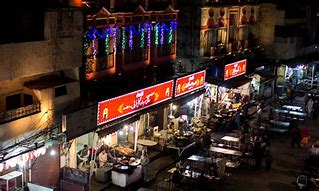
Challenges and Modern Developments
Like many older neighbourhoods, Gawalmandi faces the challenges of urbanisation. Overcrowding, traffic congestion, and infrastructure decay are some of the issues that residents deal with daily. The charm of narrow streets and close-knit communities sometimes comes at the cost of accessibility and modern conveniences.
However, efforts have been made to revitalise the area. The development of the food street has brought renewed interest in Gawalmandi, attracting tourists and locals alike. The influx of visitors has increased business for local vendors and restaurants, boosting the local economy.
There are also ongoing discussions about preserving the cultural and architectural heritage of the area while introducing modern facilities to improve the quality of life for its residents.
Conclusion
Gawalmandi is more than just a food lover’s paradise; it’s a living, breathing part of Lahore’s history. Its streets tell stories of the city’s past, from the days of the British Raj to the post-partition years. Its food reflects the diverse influences that have shaped Lahore’s culinary scene, while its architecture and cultural vibrancy offer a glimpse into the traditional life of the city’s residents.
For those who visit Lahore, Gawalmandi is a must-see destination. Whether you want to indulge in the city’s best street food, explore its rich history, or experience the vibrant culture, Gawalmandi offers something for everyone. It is a neighbourhood that perfectly embodies the spirit of Lahore—warm, welcoming, and full of life.
FAQs
Related FAQs
What is Gawalmandi famous for?
It is famous for its food street, which offers a variety of traditional Lahori dishes. It’s also known for its historical significance and cultural vibrancy.
When was Gawalmandi Food Street established?
Gawalmandi Food Street was established in the early 2000s and quickly gained fame as a top destination for food lovers.
What are the best dishes to try at Gawalmandi?
Some must-try dishes include Nihari, Paye, Seekh Kebabs, Haleem, and Gol Gappay.
How has Gawalmandi changed over the years?
It has evolved from a milkman’s market into a densely populated area known for its food street. It retains much of its historical charm but also faces challenges like overcrowding and infrastructure issues.
Is Gawalmandi Food Street open every day?
Yes, Food Street is open daily, with most vendors setting up in the evening.
Follow Graana blog for more information.
